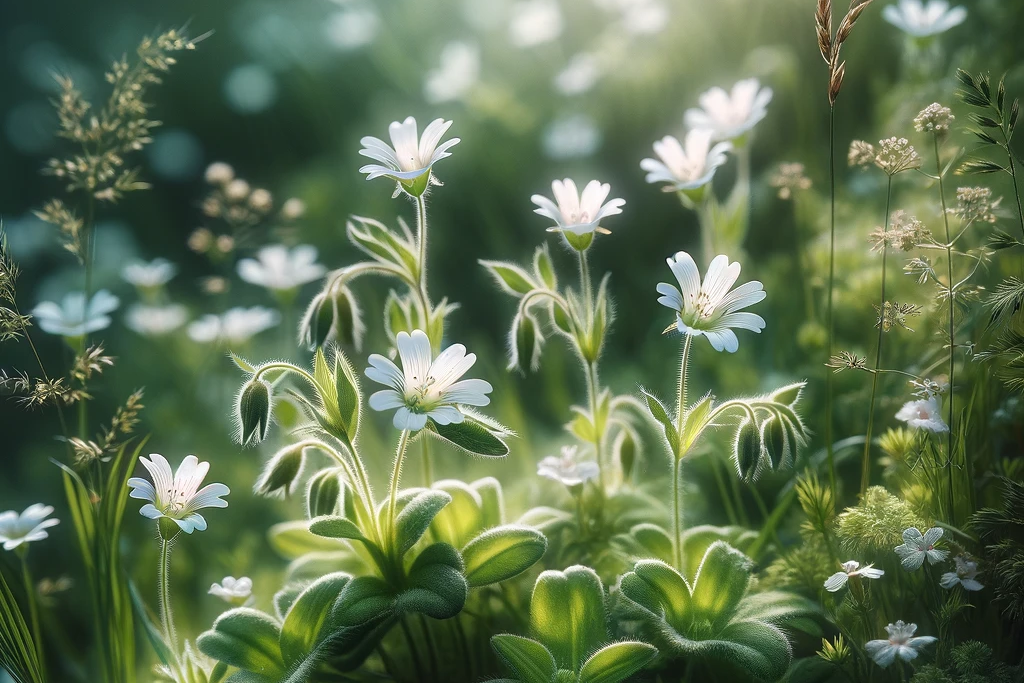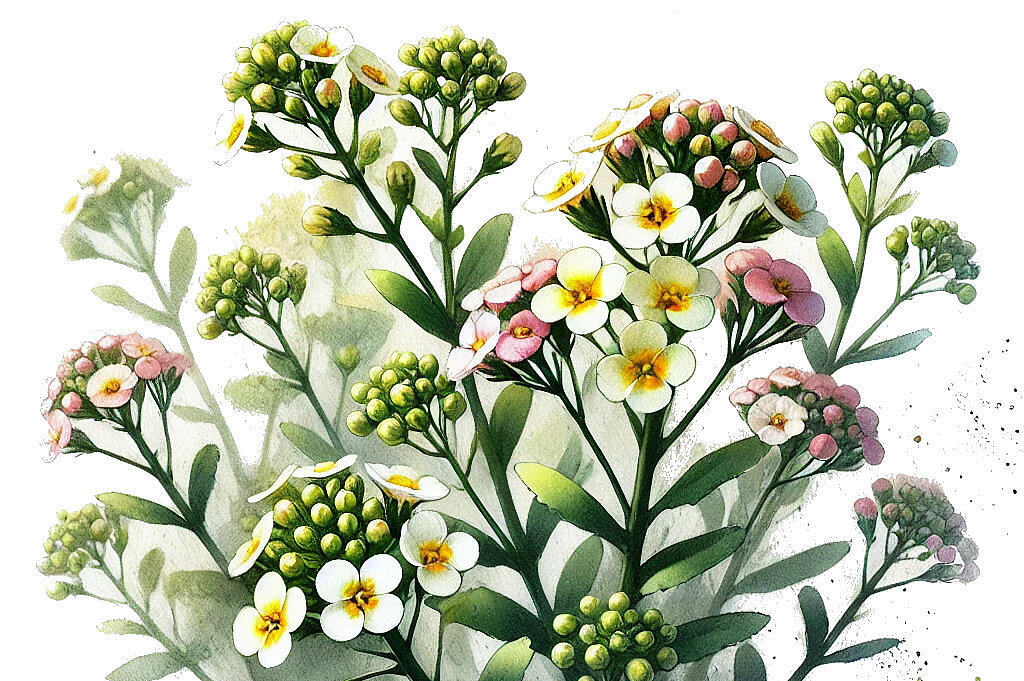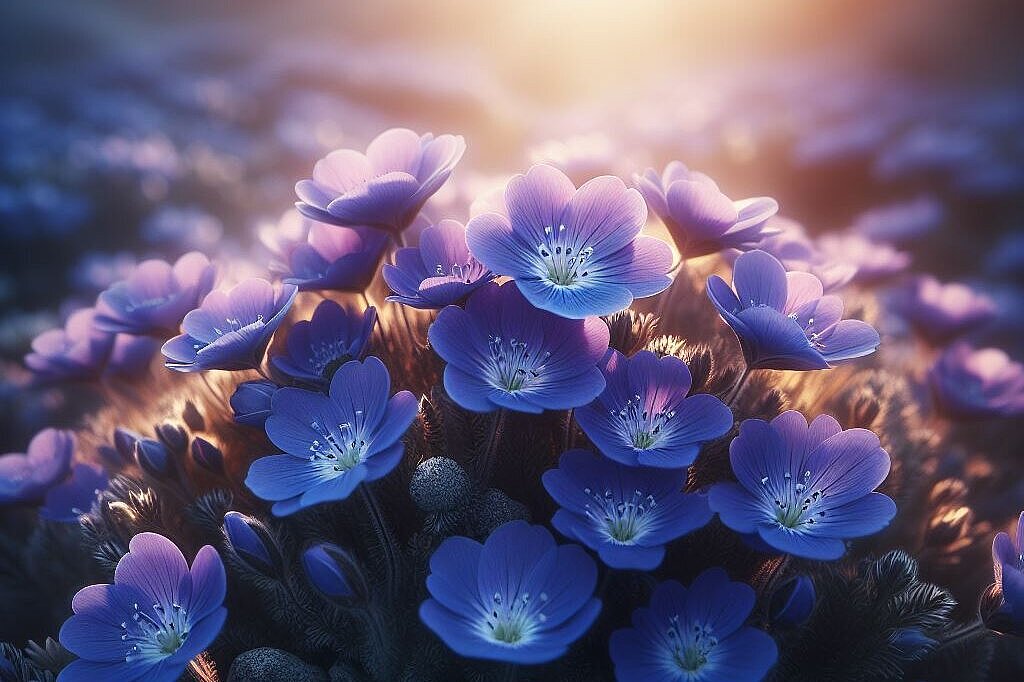Goose barnacles

What are daisies?
Goosecresses (genus Arabidopsis), known for their single, white to light purple flowers, are members of the cruciferous family (Brassicaceae). They are widespread and popular for their easy-care nature and their ability to thrive in a wide variety of environments. Goosegrass is valued not only for its aesthetic appeal, but also for its role in science, particularly in genetic studies.
Benefits of daisies near dogs
Natural beauty and biodiversity
Watercresses contribute to the biodiversity of the garden and support the local ecosystem by attracting pollinators. This interaction with nature can also be enriching for dogs by making their environment more interesting and stimulating.
No known toxicity
A key benefit of goosegrass is that it is generally not considered toxic to dogs. This makes them a safe choice for garden areas where dogs can run free and explore.
Disadvantages: Considerations for the dog owner
Potential allergies
As with any plant, there is a risk of allergic reactions. Some dogs may be sensitive to pollen, which can lead to skin irritation or other allergic symptoms. Observation is crucial to recognize potential negative reactions early.
Overeating plant material
Although goosegrass is not poisonous, overeating plant material can cause gastrointestinal problems in dogs. Symptoms such as vomiting or diarrhea are possible consequences if a dog consumes large amounts of the plant.
Dealing with goosegrass: A harmonious coexistence
To ensure goosegrass and dogs live together peacefully in the garden, follow these tips:
- Watch out for signs of allergies in your dog, especially during the main flowering period of the daisy.
- Train your dog to avoid plants to minimize the risk of eating plant material.
- Choose a location for watercress that is less accessible to your dog if he tends to eat plants.
Watercress - a green ally in the garden
Watercress, with its unobtrusive beauty and role in the ecosystem, can be a valuable addition to any garden without posing a health risk to dogs. By considering the potential disadvantages and taking appropriate precautions, a harmonious coexistence between plant and animal can be promoted. Watercress proves that even the most humble members of the plant world can find their place close to our faithful companions, enriching the ecosystem and certainly arousing the curiosity of our four-legged friends.
If you notice any signs of hypersensitivity or poisoning in your dog, you should see your vet immediately. We are not a substitute for a vet, but we try to be as accurate as possible. Every dog reacts differently and we recommend you get a second opinion or consult your vet if in doubt.
Stay healthy and take good care of your four-legged friend!😊
Similar to Goose barnacles
Cerastium belongs to the Caryophyllaceae family and comprises a large number of species that thrive in a wide variety of habitats. Hornworts are characterized by their small, white flowers, which...
Stonecrops (Alyssum) are a genus in the cruciferous family (Brassicaceae), native to Europe, Asia and North Africa. These plants are known for their hardy nature and ability to thrive in stony and...
Bright herbs, botanically called Thlaspi, belong to the cruciferous family (Brassicaceae) and include various species that are common in temperate regions worldwide. They are known for their small,...
Blue cushion (Aubrieta deltoidea) belongs to the cruciferous family (Brassicaceae) and is known for its lush flowering in spring. This ground-covering perennial originally comes from southern...



